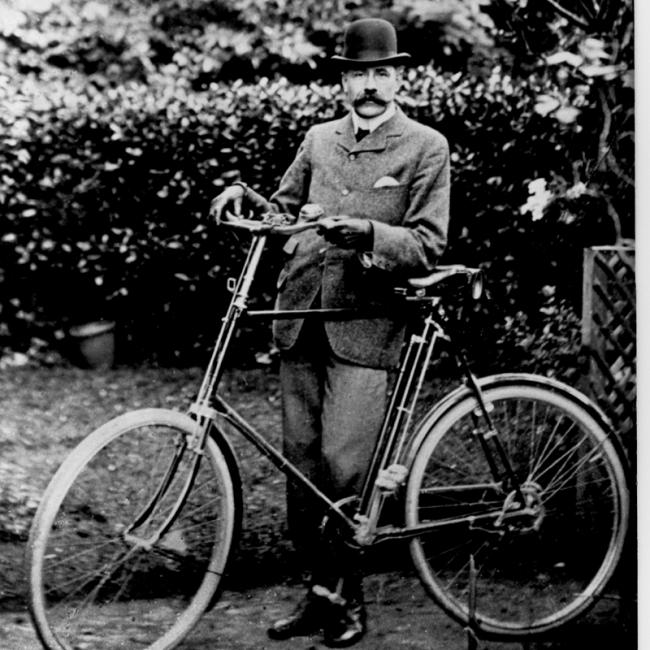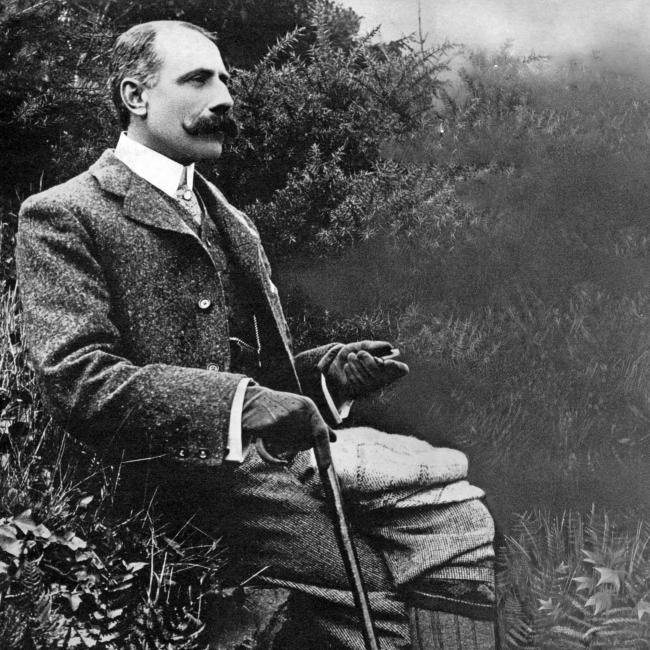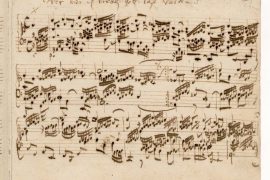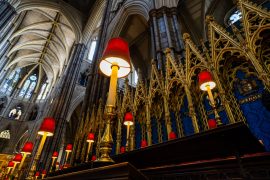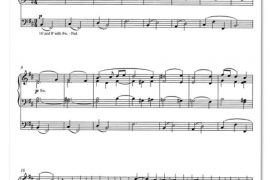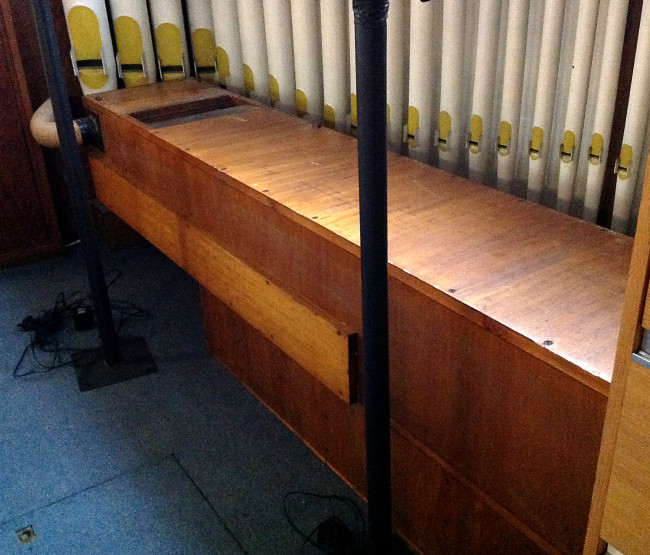Elgar’s image-consciousness could put many modern celebs to shame. As photography got into its stride at the turn of the 19th century, he posed for the camera as the dapper country gent (above) or the distinguished composer about to dash off another masterpiece. Ironically, it’s in his portrait paintings, rather than photographs, where you can see a more human, less self-assured personality.
I’m taking baby steps towards learning how to register and play Elgar, with the Vesper Voluntaries Op14. No4 was my contribution on a recent RCO workshop on the big 3 manual Mander organ at the West End of St Giles Cripplegate, London. Elgar expert Dr Christopher Kent was our tutor.
To start with, I’ve struggled with understanding how to play the cadences in this piece – bar 8 for example. It’s one of Elgar’s little classical allusions, explained Christopher, play it like Haydn or Mozart. Problem solved. We know Elgar studied the Best and Stainer organ tutors, said Christopher, so he knew his way around the organ – but not as an organist and choirmaster like Stainer or Parry. He recycled music from other genres for his organ works – the Cantique was a slow movement for a wind quartet, the Vesper Voluntary No3 originally written for string quartet. So ‘orchestrating’ rather than ‘registering’ an Elgar organ piece is a useful way to think.
8′ Oboe is a crucial timbre for the music of Elgar and his contemporaries, backed with a diapason or string sound. On this organ there isn’t a particularly appropriate 8′ reed on the Swell, though there is a 16’ Contra Hautboy. Use it, and just play that phrase an octave up, suggested Christopher breezily.
Elgar like his music to be ‘elastic’ with ebb and flow. ‘Don’t starve the quaver’ he insisted, particularly in triplet rhythms. Another of his sayings was ‘Cut that and it would bleed’ – referring to his phrasing marks.
My fellow students were further on than me, offering the Cantique and the Organ Sonata in G Op28 – I can see a lifetime of study, particularly in the latter, where the whimsical changes of mood, from skittish to serious within the space of a barline, require an equally nifty response from the player. Christopher has given us Elgar’s own metronome settings here, and markings from the score of Sir Ivor Atkins, whose playing Elgar approved of.
Our chat at the tea break moved on to harmoniums. Much organ music of this time was published with an eye to the harmonium or American organ market. (The difference? – a harmonium blows wind, an American organ sucks (and fills the reeds with dirt!)) So some of the little double hairpins in Elgar’s simpler music (eg bar 20 of the Vesper Voluntary No4) can be disregarded – they are an indication of the harmonium ‘Expression’ pedal, rather than a sudden bulge on the full organ Swell.
Christopher Kent is an organist, harpsichordist and organ advisor, with many publications on Elgar and his music. More about Christopher here.
